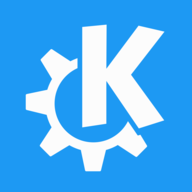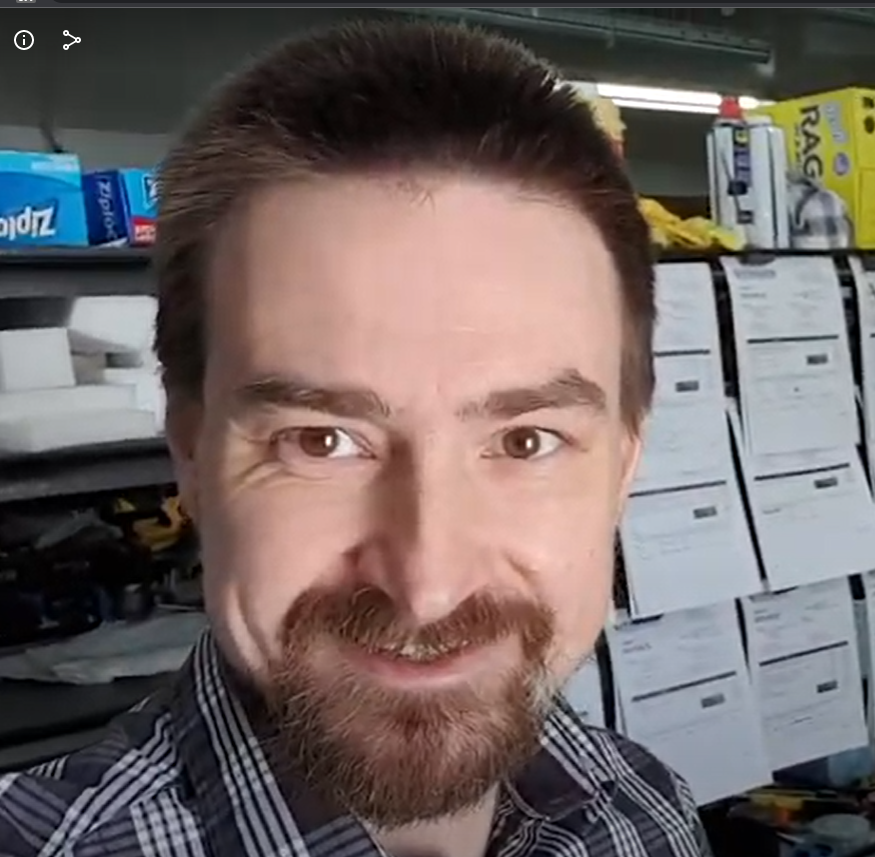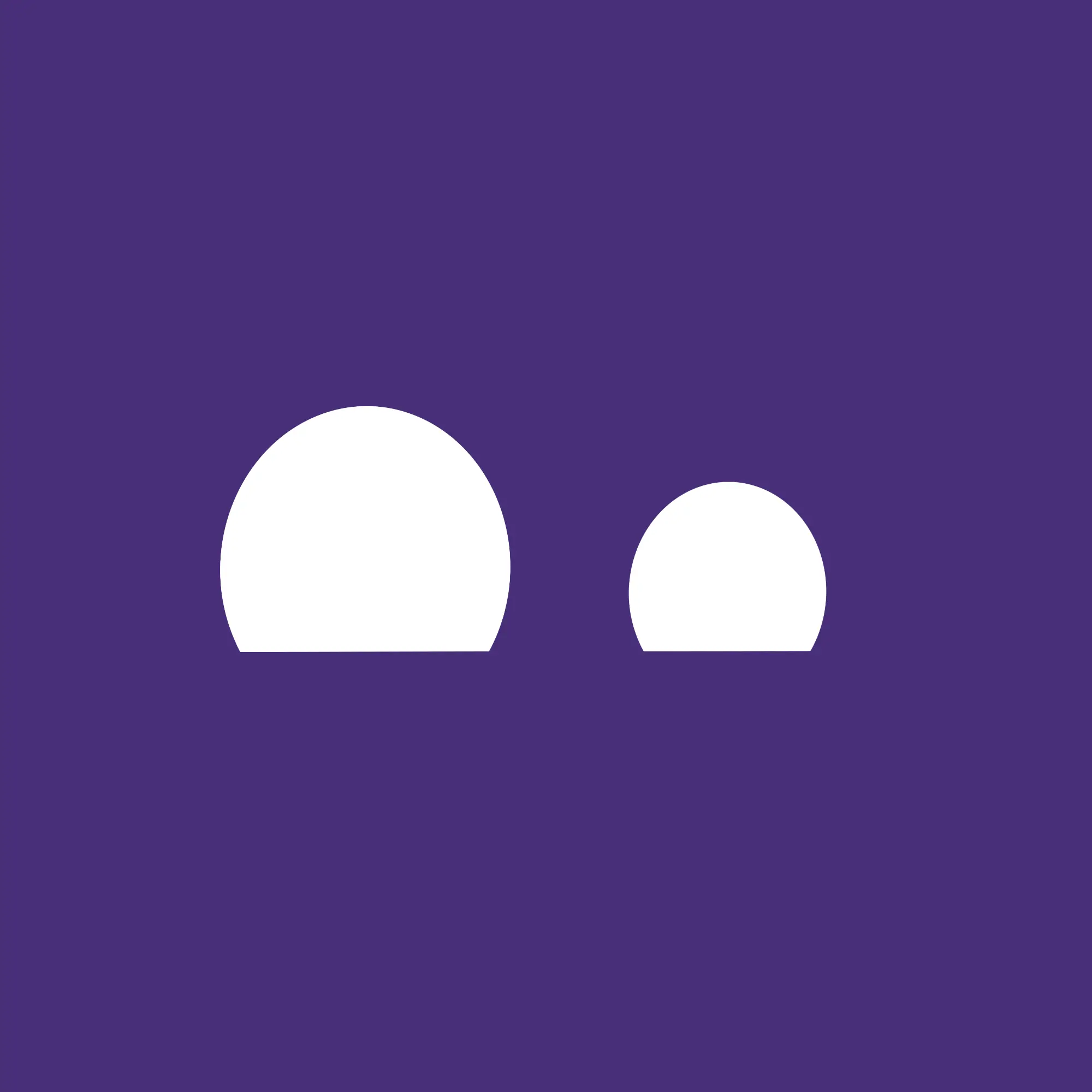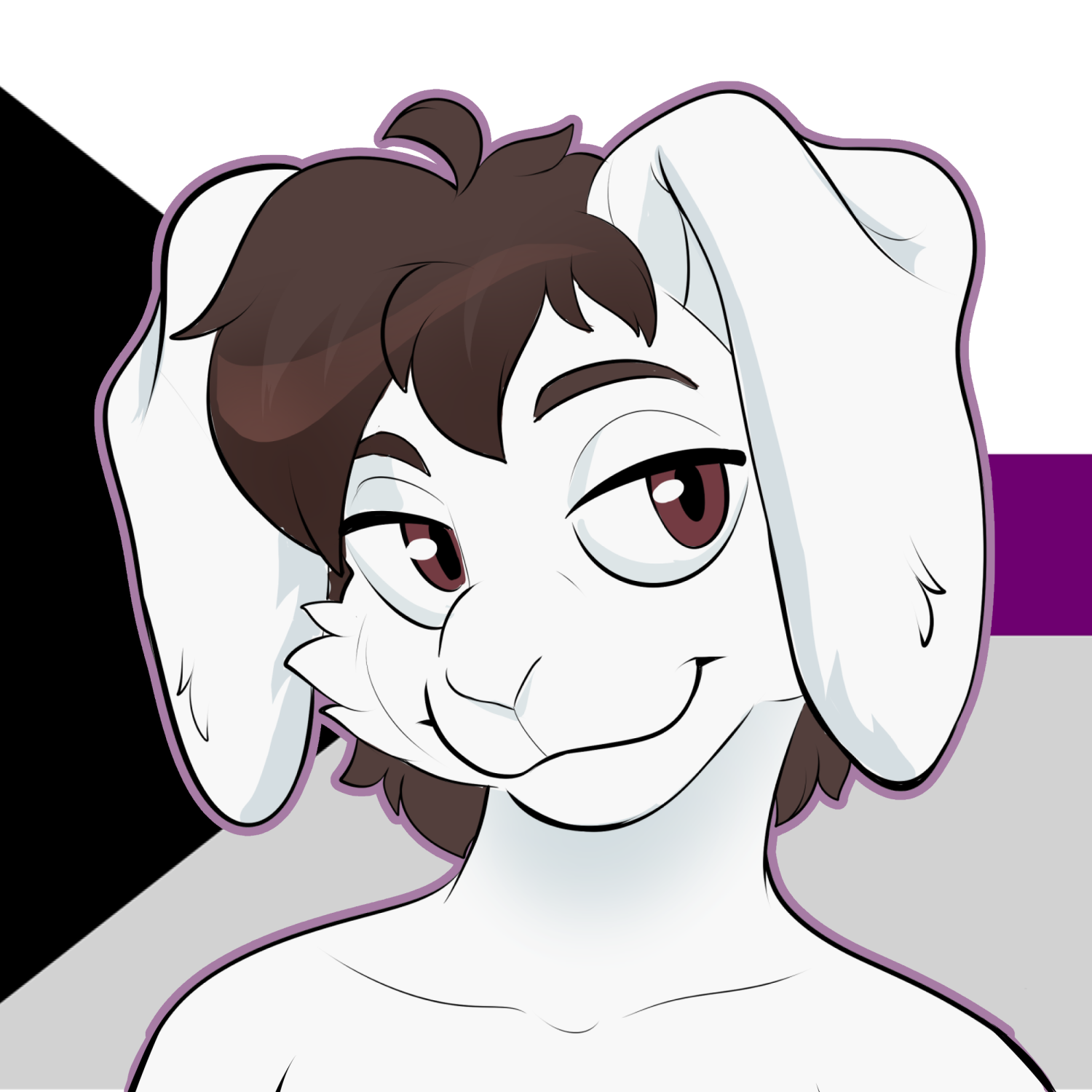David, Nate, Josh, Marco, Carl, and Niccolò are here ready to answer all your questions on Plasma (all versions), Gear, Frameworks, Wayland (and how it affects KDE’s software), and everything in between.
Fire away, Lemmy!
We were expecting to be done in an hour and we have past the 2-hour mark already! Time flies when you are having fun.
Thank you for all the questions and the welcoming and friendly atmosphere, but the devs must get back to making Plasma 6 great.
Please keep the conversation going and KDE contributors will continue to answer over the next days as time permits.
Thank you all!!
How do you copy windows features before they are even announced?
We don’t have a spy that’s for sure!
whistles innocently
You folks are awesome 👍👍
is this true
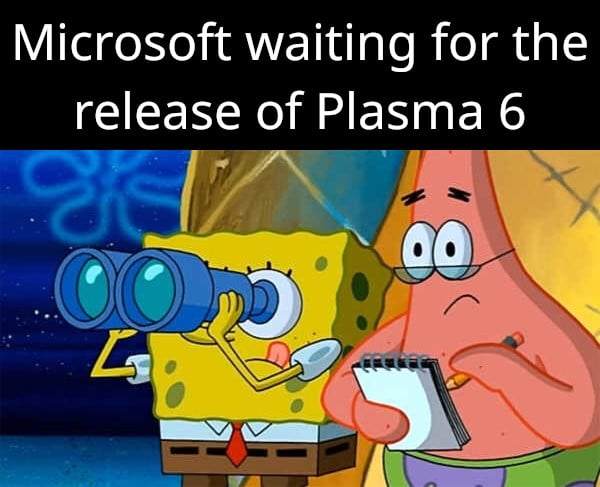
inb4 floating taskbar in Windows 12
Hey folks!
With Wayland becoming the “Default” for most distributions now, will KDE begin to integrate some Wayland only features that you’re excited about?
I’ve seem some very interesting experiments for swapping desktop sessions (GNOME to KDE to Sway whole CSGO was running) all without losing state, and storing application state to disk.
In fact there are already quite a few Wayland-only features. You can read about them on https://community.kde.org/Plasma/X11_Known_Significant_Issues.
GPU Hotplugging is one I’m pretty hyped for! Hybrid graphics laptops aren’t too different from a GPU hotplugging scenario either, and they’re usually quite janky on Linux getting the external displays to work usually means swapping from hybrid mode to dGPU mode (restarting the X session in the process). At least with Wayland that (eventually) be a lot more graceful!
on the side of our apps (or anything written with Qt) all of that (and most important seamless compositor restart/crash recovery with the application surviving) everyhting should be there for 6.0. with other toolkits the mileage might vary (depending when they include the required changes, when a given distribution packages them and so on)
Hello David, Nate, Josh, Marco, Carl, and Niccolò. How are you all feeling today?
@kellyaster @Bro666 Pretty hungry but I’m cooking a ratatouille right now to fix this issue :)
Feeling just fine. :)
Relaxed at the moment :)
just had dinner, therefore, great :D
Hey there KDE team! What is your favorite feature that is coming along with Plasma 6 (or even with the KDE Gear / KDE Framework updates)?
For me it’s definively the new overview effect, I already use it all the time on my Plasma dev session.
I just upgraded to the RC today, and gave this a try - it looks absolutely beautiful! Major props to you and the team!
What is one KDE feature developed within the last few years that you think is extremely productive/helpful yet is rarely utilized/talked about.
Plasma Vaults! It’s the best implementation of having a little encrypted bucket to put your important files in that I’ve ever used, on any platform. It’s very well integrated into Plasma as a 1st-party supported feature, and it works wonderfully.
I use plasma vaults! Its great for homework folders and tax information!
One frustration with vaults though is that theres no clean way to make a portable vault on a USB stick or backed up to a cloud provider (nextcloud, google drive, etc) without digging into weird dot-folder paths and manually entering links to these in a text config file. FUSE-style integration would be rad.
EDIT: The primary use case for this would be to be able to carry sensitive information around like PII, tax, password vaults, family photos, documents, and so on, in such a way that you always have it on you (like on a keychain) or backed up elsewhere, and would be especially useful in cases of disaster - but if you drop and lose it somewhere, a malicious actor doesnt suddenly have your data.
That’s a fantastic idea. I’ve had the same thought myself.
One challenge with making it portable is that you need something that will work on any machine you plug it into. If there’s an emergency and you need the data on there when you don’t have your main computer, it’s likely that the machine you plug it into isn’t running Plasma. For this reason I think a hardware-encrypted flash drive with physical number buttons on it suits the use case better. That way you decrypt it with your fingers, and then the contents are readable on any random Windows, Mac, Linux, Android, iOS etc device you have to plug it into.
Thats a good point. I wonder how difficult it would be to package vaults as a standalone .exe or get it onto the Microsoft store like how Kate is.
If I have skills in python and mostly work on ETL-style scripts, how difficult would it be to jump in and try to make this happen? Im just now learning ADO pipelines at work, but I don’t really work with compiled code.
I feel like i’d be jumping into the deep end.
Packaging it as a standalone binary for different platforms seems like a good plan. I have no idea how hard this might be to do though, sorry. But you can always propose it in one of KDE’s chat channels or mailing lists and see if it piques anyone else’s interest or they feel like helping you do it!
I see a huge potential for mobile users in Vault.
It has not been developed in the last few years but always krunner! A recent-ish feature that was already in Plasma 5 is to bind key presses to your extra mouse buttons or tablet tool buttons
Moving to Linux w/ a Logitech MX3 mouse, I legit spent 2-3 days troubleshooting across solaar and piper before I got logiops to work. I’ll disable it and dig around the KDE settings to try for a more integrated solution that is easily editable.
to me, the new kwin tiling that first appeared on 5.27, but this will probably change, as feature development on it is about to reopen :)
is there any plans for more mobile friendly applications?
the only problem that i have currently with plasma mobile is the lack of mobile friendly applications :)
Josh says: “Yes, we are always interested in making our applications mobile-ready and almost every new KDE application uses Kirigami our convergent framework. Some of our older applications such as Okular, Dolphin, etc need more work on mobile but this is something that’s being worked on.”
Carl says: Also take a look at https://plasma-mobile.org/ which lists most of the kirigami apps that work on mobile.
We sure do plan of moving more and more of our app to the new convergent ui toolkit made with QML and Kirigami, in the future more and more of our apps should become mobile ready
In addition to that Josh said, we have a list of mobile friendly first party applications here: https://plasma-mobile.org/ It’s not completely up to date and is missing some newer additions.
thanks your for sending this link :)
is there any plans for tok to return? the need for a proper telegram client is a lot , telegram desktop cannot be as good as a native client on mobile screen.
Josh says: “Unfortunately we lack a maintainer for Tok. If anybody would like to step up…”
Tik says she will do it.
That would be awesome. https://community.kde.org/Get_Involved#Start_Here.21
and I don’t know if it is a right place to ask, but the maui toolkit hig is missing :)
It’s not really KDE though, it’s kinda it’s own thing…
A close cousin 😉
Maui confuses me. The Plasma Mobile homepage features Index, Pix and Vvave prominently. Additionally, those three and Nota are featured on apps.kde.org and the git repositories for all Maui applications are hosted on KDE’s GitLab at https://invent.kde.org/maui. Index in particular is very important for KDE, since it’s the only mobile-friendly file manager Plasma Mobile has. The Maui blog is also aggregated on Planet KDE. So clearly Maui is very closely related to KDE.
However, Maui Shell is hosted on Nitrux’s GitHub, not KDE. Maui apps also don’t use a lot of standard KDE infrastructure like bugs.kde.org. Plus, the elephant in the room, Maui apps have a totally different HIG from the rest of KDE. Mauikit apps are convergent, use CSD and force the standard Maui theme. They always use hamburger menus over menubars and rarely use more than one window. Apps focus on simple interfaces and simple feature sets. Some of these things, such as convergence, preference for hamburger menus and single window interfaces are also found in some Kirigami applications, but in Maui it’s universal. It feels like a Qt version of GNOME much more than it feels KDE. Combine Maui Shell with Maui applications and you end up with a desktop environment which has nothing in common with KDE’s flagship Plasma. So what’s Maui? How is it related to KDE? I don’t get it.
Yeah it’as weird. Afaik the apps are part of the KDE but the shell is not. No clue why, I’d remove Maui entirely from KDE tbh…
Index is, as you mentioned, really the only option on Plasma Mobile for managing your files, but Pix and Vvave can be replaced with Koko and Elise respectively. We should probably make work of that.
KDE Connect is something I keep my eye on and check in every once in a while: Is there a dedicated page tracking updates specifically to KDE Connect? I’m really very much looking forward to a time where it is feature compete with Android compared to Apple’s continuity platform. I would absolutely love to move to Android+Linux as my daily drivers, but I feel like I’m giving up on too much by leaving the Apple ecosystem.
Does Connect use BTLE?
Could you guys implement an auto tethering option between phone/PC?
How instant are notifications synced? Do notifications disappear on one side or the other when viewed on one or the other platform?
Maybe implement a “link to KDE” notification toggle to mirror the “link to windows” functionality of Android?Is there a dedicated page tracking updates specifically to KDE Connect?
It is part of KDE Gear, so generally in the gear release announcement. The last few releases were not that big in term of feature but the next one includes some goodies.
Does Connect use BTLE?
KDE Connect will have the Bluetooth backend enabled by default with the next gear release (24.02). I’m not sure if this is BTLE or normal Bluetooth.
Could you guys implement an auto tethering option between phone/PC?
No idea :(
How instant are notifications synced?
For me it is pretty instant. I never miss my Bereal notifications thanks to it :)
Do notifications disappear on one side or the other when viewed on one or the other platform?
Yes
Maybe implement a “link to KDE” notification toggle to mirror the “link to windows” functionality of Android?
No idea :(
With HDR making its debut on Plasma, what are the plans moving forward?
From what I have seen getting games to work in HDR currently requires the correct vulkan layers and a recent gamescope version?
As a side question, will there be an easy way to get HDR working with the Steam flatpak for the Plasma 6 launch?
A near term plan is to make it so you don’t have to use any Vulkan layer to make it work, by having gamescope use the protocol directly. After that, add support to all the other clients - Mesa, SDL, glfw, mpv, Krita, Chromium and so on
will there be an easy way to get HDR working with the Steam flatpak for the Plasma 6 launch?
You can run Steam in gamescope, doesn’t matter if it’s sandboxed or not.
Thanks for the response, excited to see more support being added!
You can run Steam in gamescope, doesn’t matter if it’s sandboxed or not.
So, installing your Vulkan layers and gamescope-git on the host and running
ENABLE_HDR_WSI=1 gamescope --hdr-enabled --hdr-debug-force-output --steam -- env ENABLE_GAMESCOPE_WSI=1 DXVK_HDR=1 DISABLE_HDR_WSI=1 flatpak run com.valvesoftware.Steam -bigpictureshould do it on Plasma 6?Yes
In your opinion, what is the most substantial change/addition slated for the megarelease?
It may be not user visible and technically not a Plasma but Qt change but I find the work so that apps survive the compositor restarting amazing. See http://blog.davidedmundson.co.uk/blog/qt6_wayland_robustness/
For me personally, it’s the updated breeze theme. But I might not be completely objective here, since I drove this effort quite a lot :)
Some screenshots to see the difference: https://invent.kde.org/websites/product-screenshots/-/merge_requests/51/diffs
One of the most visible ones for me is that most common multimonitor workflows Just Work™ in the Wayland session now. There are still edge cases, but we’ve put a huge amount of effort into this.
Thanks for all the great work on kde! I was wondering if the KDE theme refresh, (brise) and icon (app and plasma icon) proposals are going to happen in plasma 6.1? Or is that not on the table? Also, are there plans to have KDE connect support making your phone a webcam?
Edit: grammar
Also, is there plans to have KDE connect support making your phone a webcam?
That’s an amazing idea! Currently I am using my laptop next to my desktop screens as a sudo webcam :D
Yeah the only way to do it right now is using droidcam, and I took one look at the documentation and gave up, and continued using my bad webcam. Also afiak the new pipewire video portals should make that feature easier to implement.
Edit: thank you for the reply!
You should check out “scrcpy”, it’s on GitHub and it is great for using your phone as a webcam and more things.
scrcpy
thanks!
offtopic, but why is this comment yellow? never seen that before.
EDIT: Oh wait, I think it’s to mark unread comments. Haven’t seen that before. Must be a new thing.
I have no idea, what client do you use? (Its not yellow for me on sync) Edit: yeah maybe I don’t know to be honest
I just use the web client
The instance has recently been updated.
KDE is easy to use and very powerful.
In your opinion, why do many people prefer GNOME over KDE? Do you agree with them? How are you planning to close the gap?
Actually Plasma is generally more popular than GNOME every time surveys are conducted. However we have to keep in mind that the direct consumers of a DE are actually not the end users, but rather the distributors who package and distribute it. There are a number of historical reasons why many distributors ended up picking GNOME over Plasma including accessibility, corporate sponsorship, an easier packaging experience, and the rocky KDE 4 rollout burning a lot of trust. So what you end up with today is many distros shipping GNOME despite pent-up desire for Plasma. It’s a great illustration of how you need to keep your direct users happy.
And I think that pent-up desire is being unleashed these days due to various changes in our ecosystem. Plasma is better than ever and version 5 had a much less painful release compared to 4, with us aiming to do even better in Plasma 6. We also see an increasing number of hardware vendors shipping devices with Plasma on it (https://kde.org/hardware/), who had a strong financial incentive to listen to their customers by picking Plasma over GNOME. In addition, KDE’s accessibility game is ramping up hugely, and we have more robust corporate sponsorship than we used to with Valve and Blue Systems putting tons of resources into KDE. Finally, GNOME seems to be becoming more hostile to their downstreams, causing them to need to do more of their own development or else migrate to be a fork or skin of Plasma. Interesting developments.
We do aim to improve our design and usability further as much as possible, however, one of the nice things of free software is really this big choice. There are different projects and one size never fits all, if some people find the software written by our friends over GNOME more suited with their needs, that’s totally fine.
It would also be interesting hearing on the motivations for this choice tough, as it always help us improving
What’s the best or recommended way to test out Plasma 6 RC2?
And
What has been the hardest problem to solve moving to Qt6?
To just test out without any risk and not touching any running system i would suggest a live image such as KDE Neon Unstable which has dailiy updated snapshots of our software stack
as moving to Qt6 from a developer POV, It has been remarkably uneventful. there are api changes for sure (Especially on the QML side of things) but the changes are not as great as say, Qt4 to Qt5.
Thank you so much for the info. I think I’ll be grabbing a Neon ISO and give it a whirl on real hardware. Gotta do it right, ya know? :)
What’s the best or recommended way to test out Plasma 6 RC2?
Neon Testing in a VM (or on bare metal if you’re adventurous). Arch with the kde-unstable repo is good too, but that also includes a snapshot of the unreleased Qt 6.7 which introduces more bugs.
What has been the hardest problem to solve moving to Qt6?
Personally I’d have to say the large number of API and behavior changes in QtQuick that Qt 6 has brought. We use QtQuick very heavily throughout KDE, so this has required a lot of mandatory porting work, more than in our QtWidgets-based software. And there have even been changes between Qt 6.5, 6.6, and 6.7, so it’s still a bit of a moving target
Thanks for the answers! You and the others on the team are doing a fantastic job of convincing me to not use any other desktop :)
What’s the best or recommended way to test out Plasma 6 RC2?
See also: https://community.kde.org/Plasma/Plasma_6#How_to_use/test_it
There’s been an undercurrent of discussion I’ve noticed (and tend to agree) that C++ is not the most friendly language for new/outside contributors, even the newer standard you use. Is there an effort to bring first class support/documentation for another higher level language as well? e.g dart/ruby/lua/python/javascript/C#/go (whatever is most feasible)
Something that’s often not mentioned is that C++ with Qt is often a very different beast to use compared to C++ with the stdlib and other GUI frameworks. IMO Qt takes a lot of the pain out of C++, such that the criticism becomes blunted and mostly articulated by people looking in from outside who haven’t tried it yet.
that suggests if nothing else, that point needs to be articulated more. But also then, C++ with QT is a very specific skill people now have to learn to help out, as opposed to stuff that would be more universally useful
Sure, but Qt is the largest C++ toolkit in the world with millions of developers, so it’s not exactly a small niche thing that someone who knows C++ hasn’t heard of. :)
I have some very, very, very, very WIP KDE widgets for Dart/Flutter in a project running. Currently it has almost nothing but it already automatically switches color theme when you switch color schemes in KDE for example 😄
Don’t expect too much of that though, it’s very unofficial and something I’m doing whenever I feel like it.
Amazing! Would love to have a nose at that when its mroe mature !
Some of the plasmoids are implemented in JavaScript I think, but personally I’d love to see Dart as a consideration for that “high level language” choice.
It already does a great job at gluing high level rendering abstractions with low level rendering libraries within the Flutter SDK, and supports a lot of useful paradigms in UI development such as first class functions, null safety, enhanced enumerators, etc.
I can see why it’s given a wide berth from FOSS since it’s associated with JavaScript AND Google (two controversial terms in programming to say the least…) but working with it daily really does remind me how well it lends itself to frontend development.

